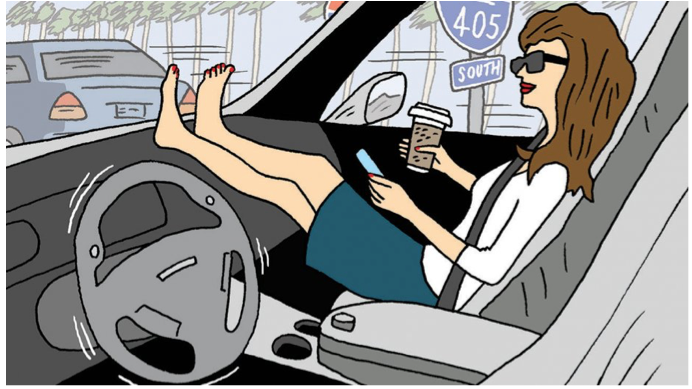Message Sent: California’s Medicare-for-All Clears State Senate
RESISTANCE WATCH--A bill that would create the first state-level single payer healthcare system in the United States passed the California Senate on Thursday, generating applause as a major step forward in creating a necessary proving ground for a national 'Medicare for All' program.











